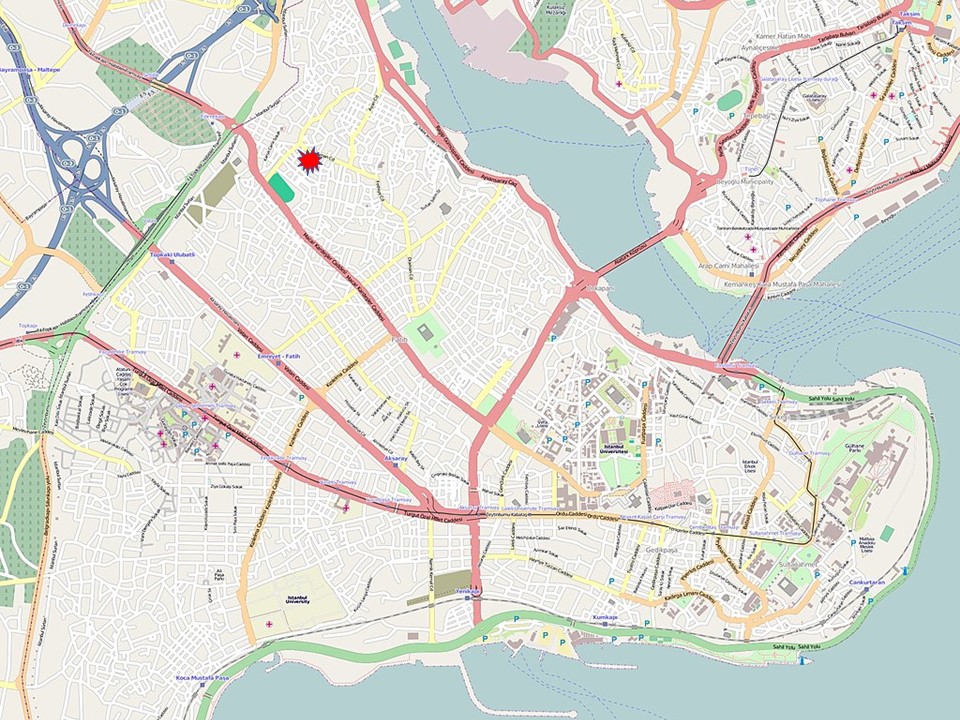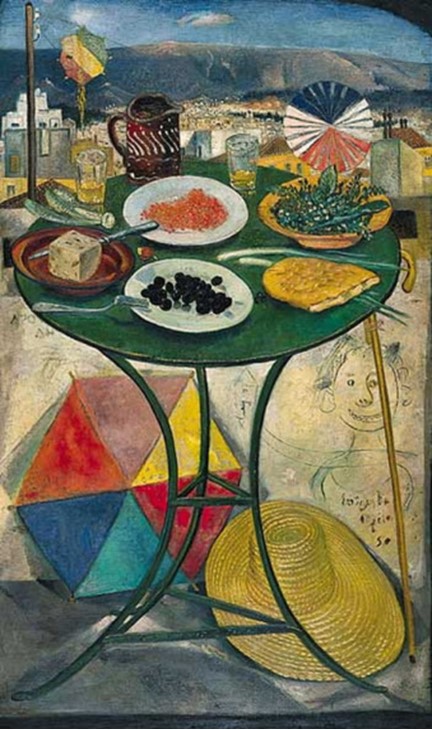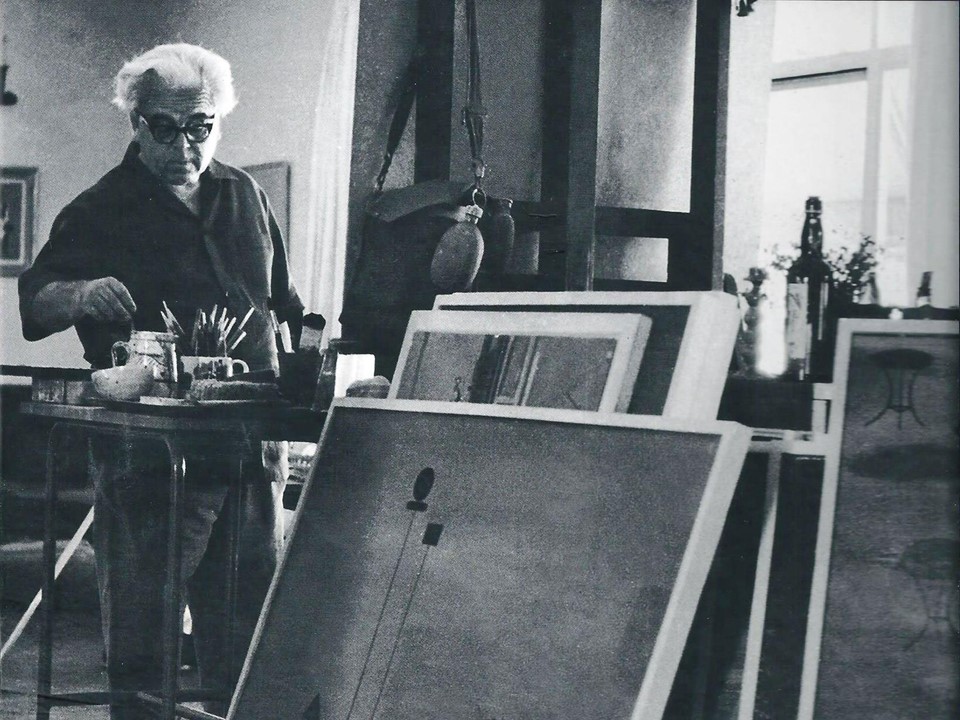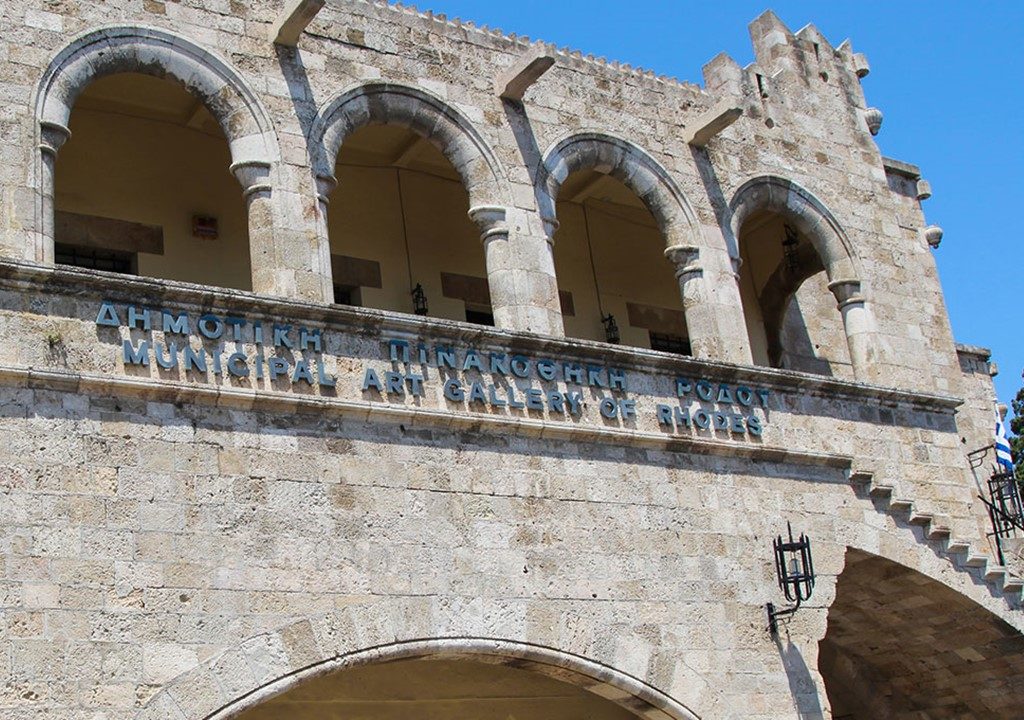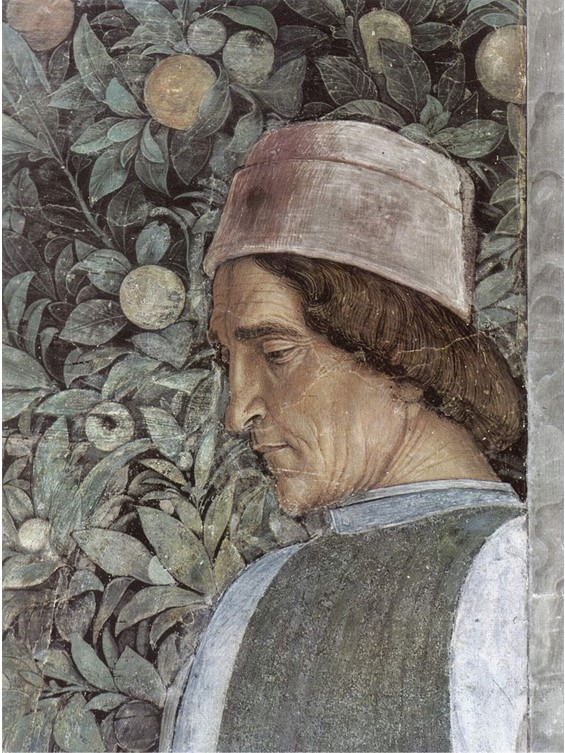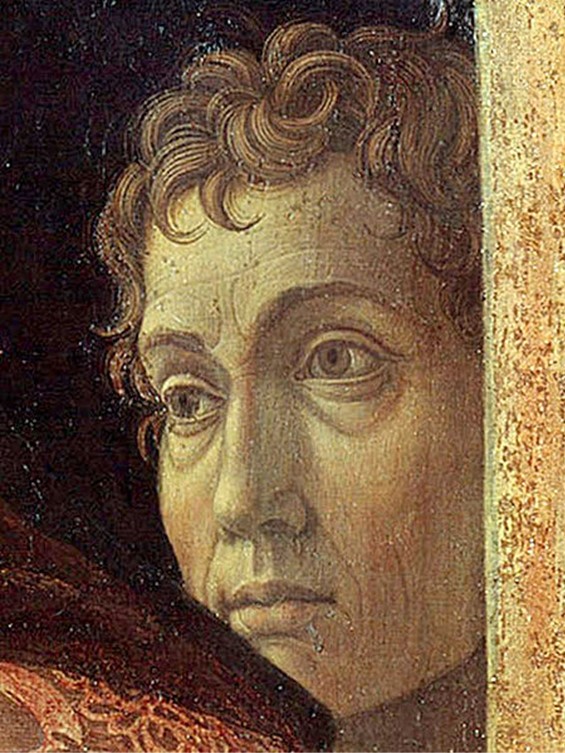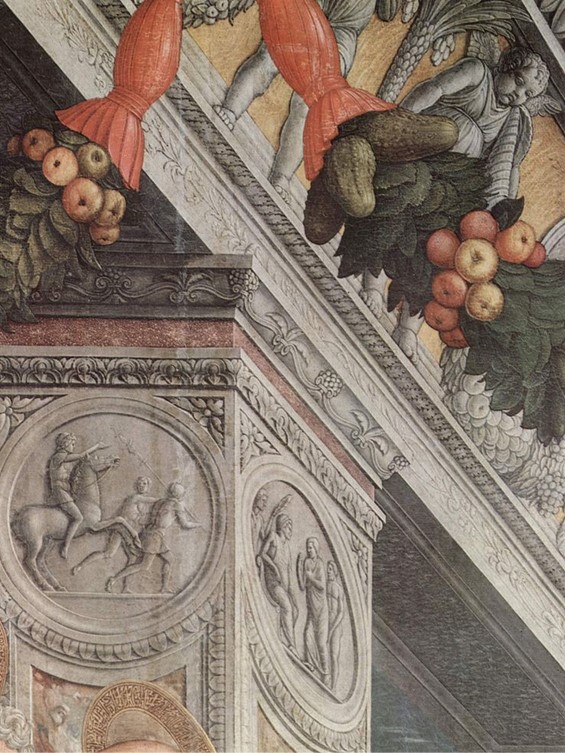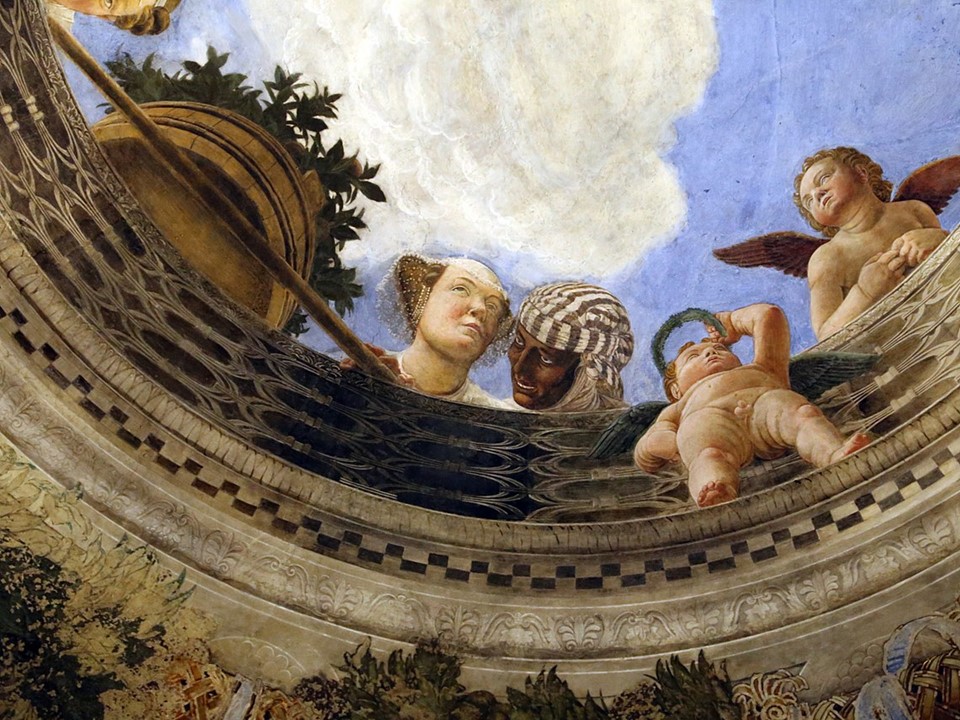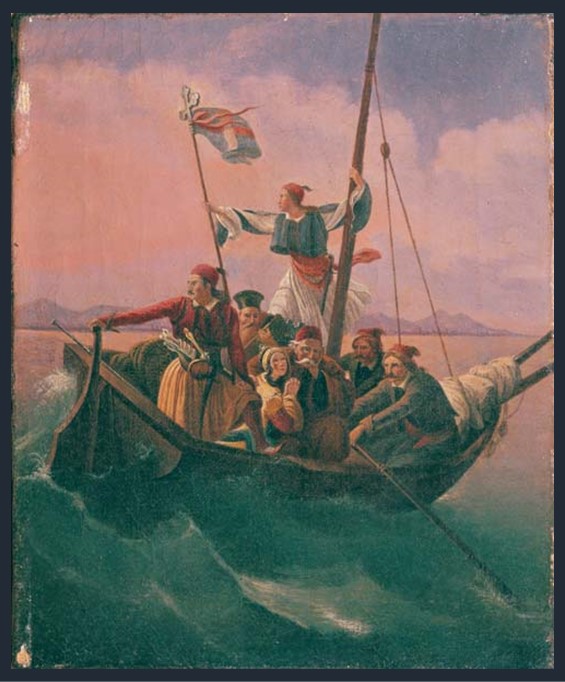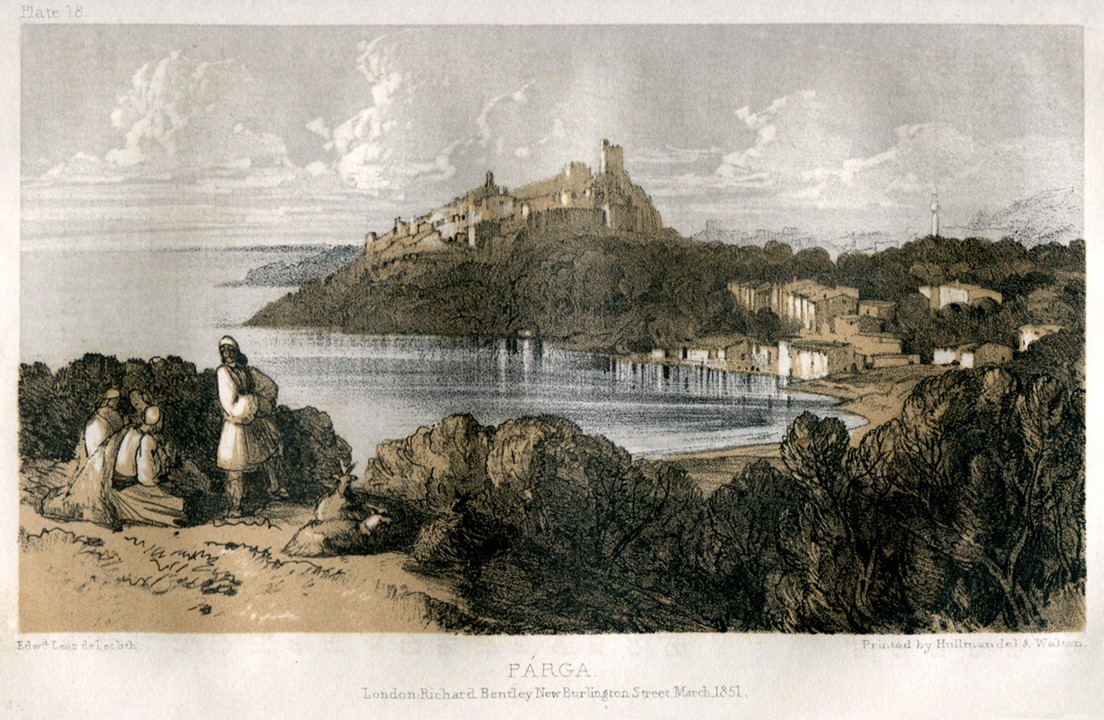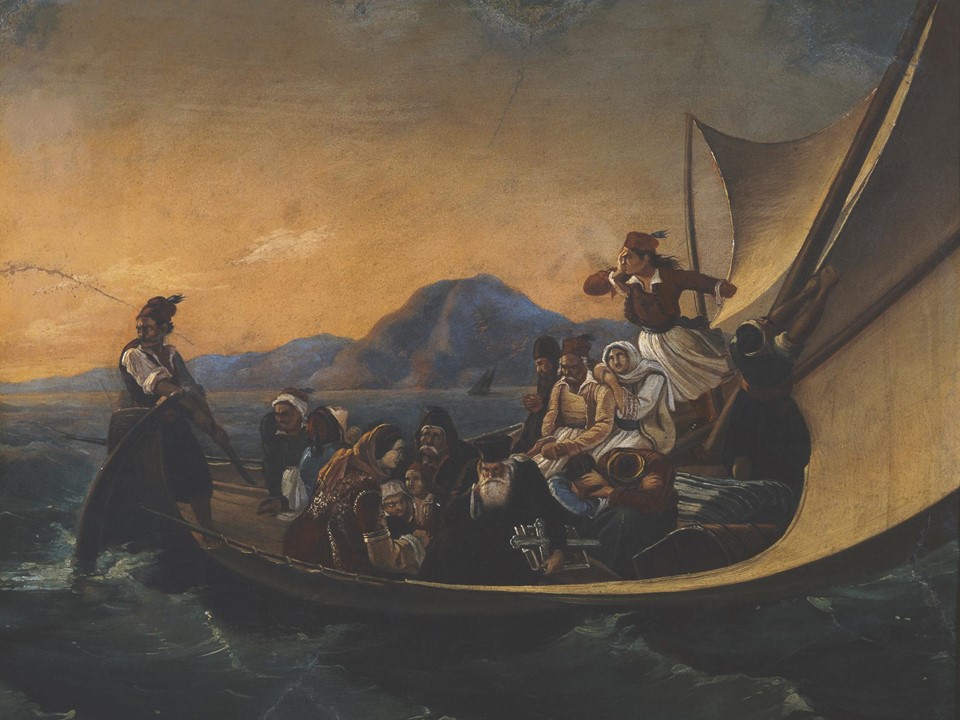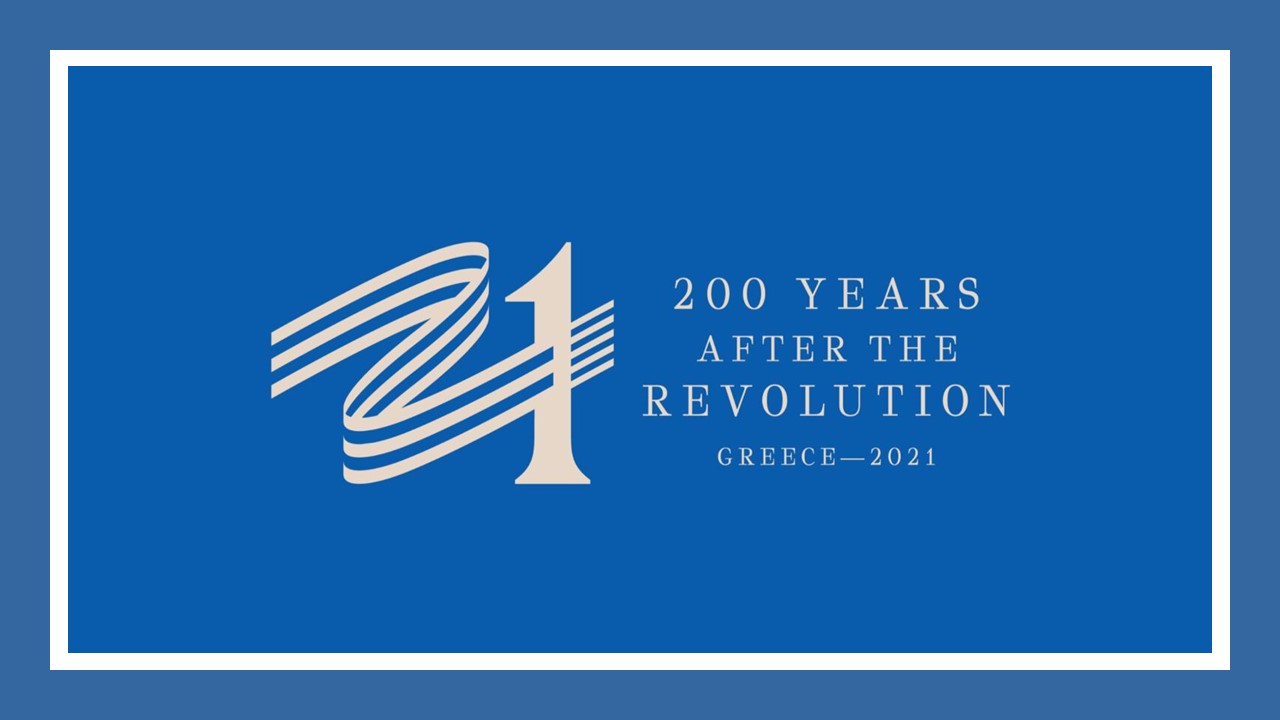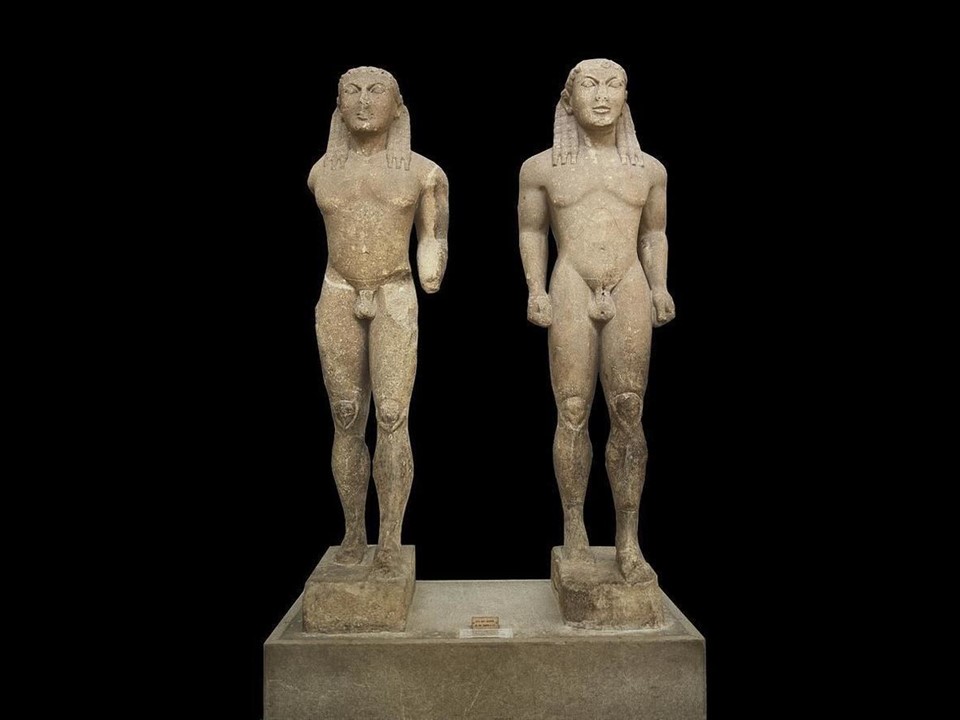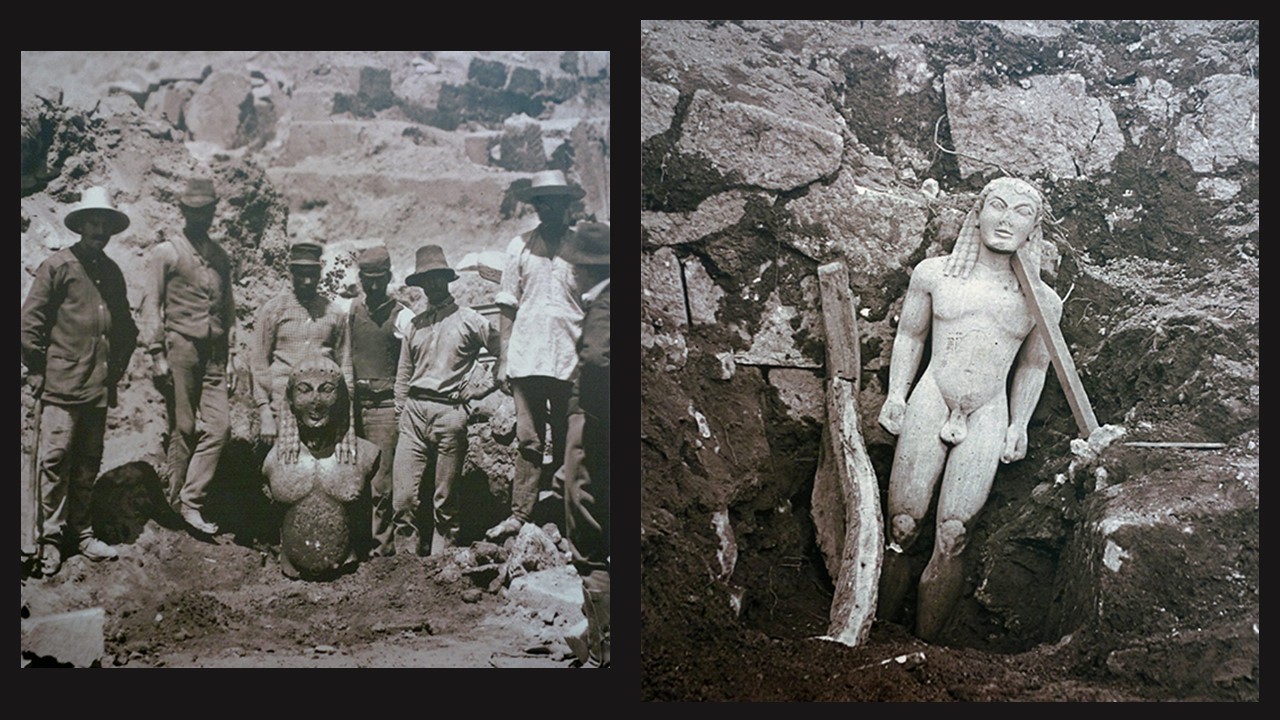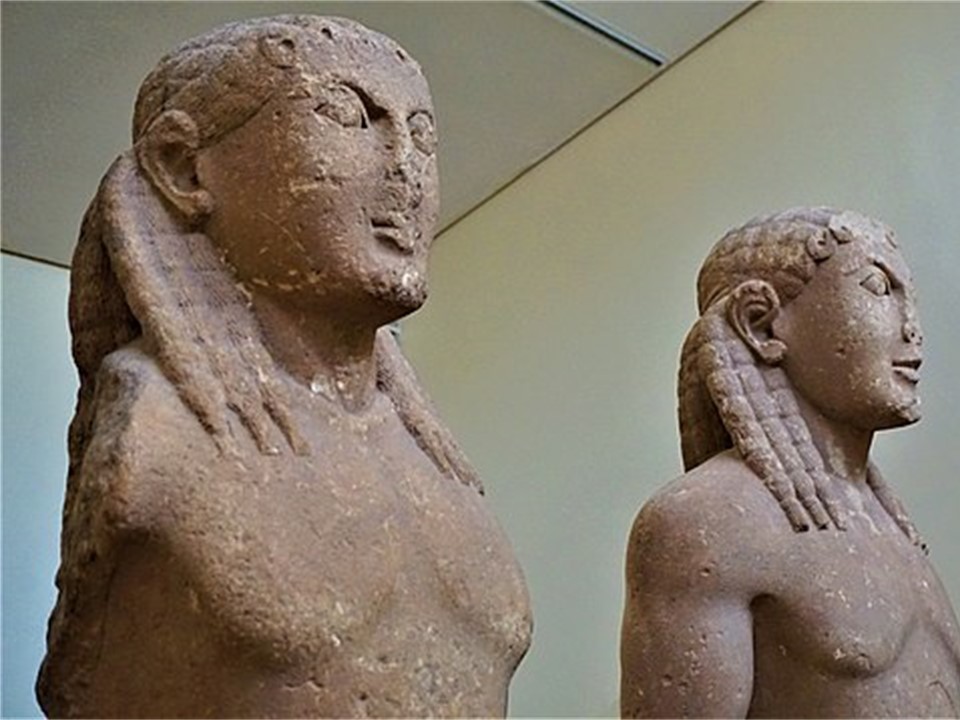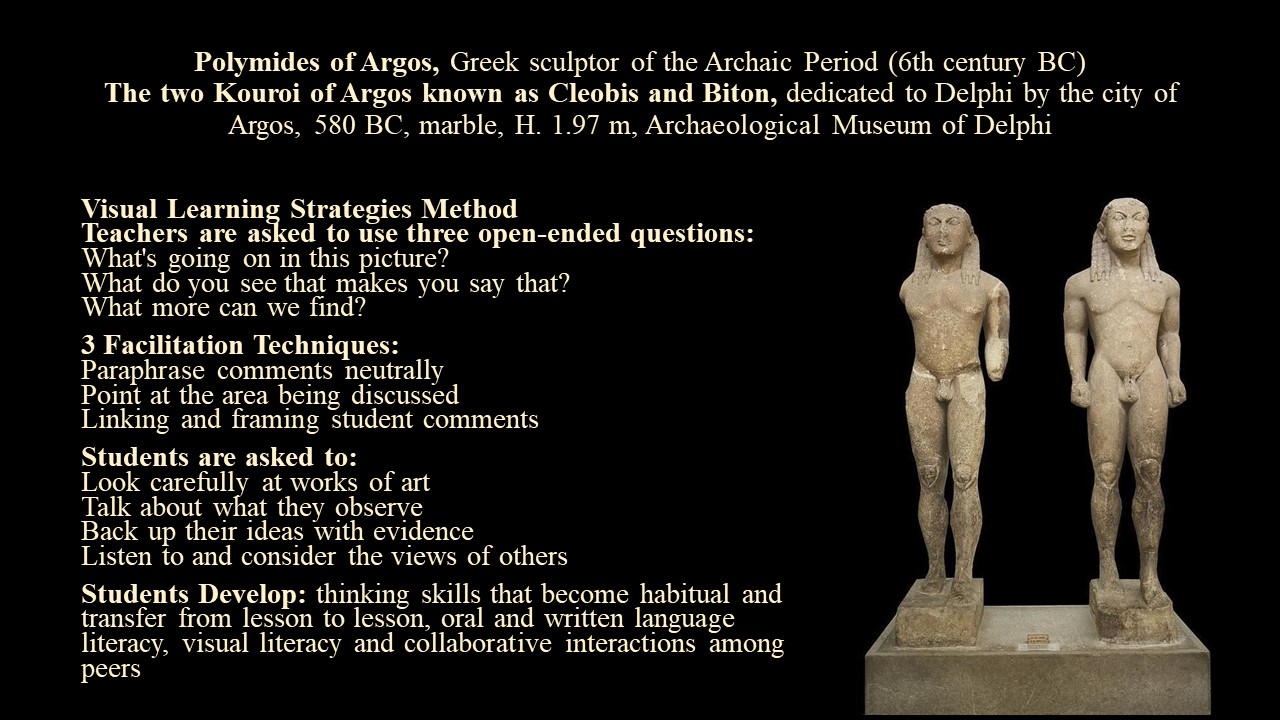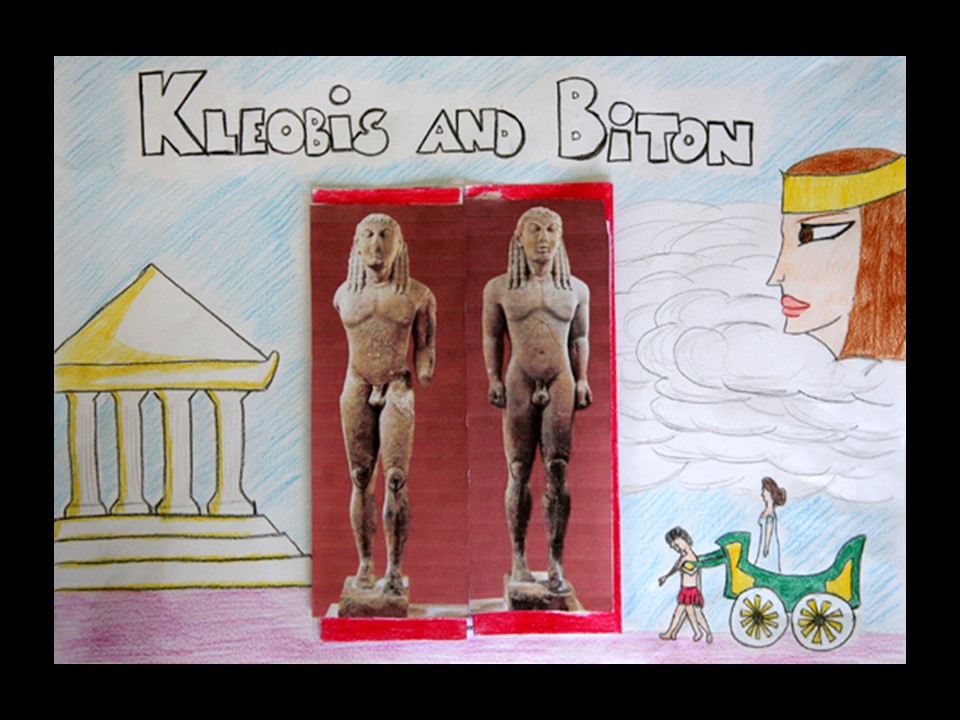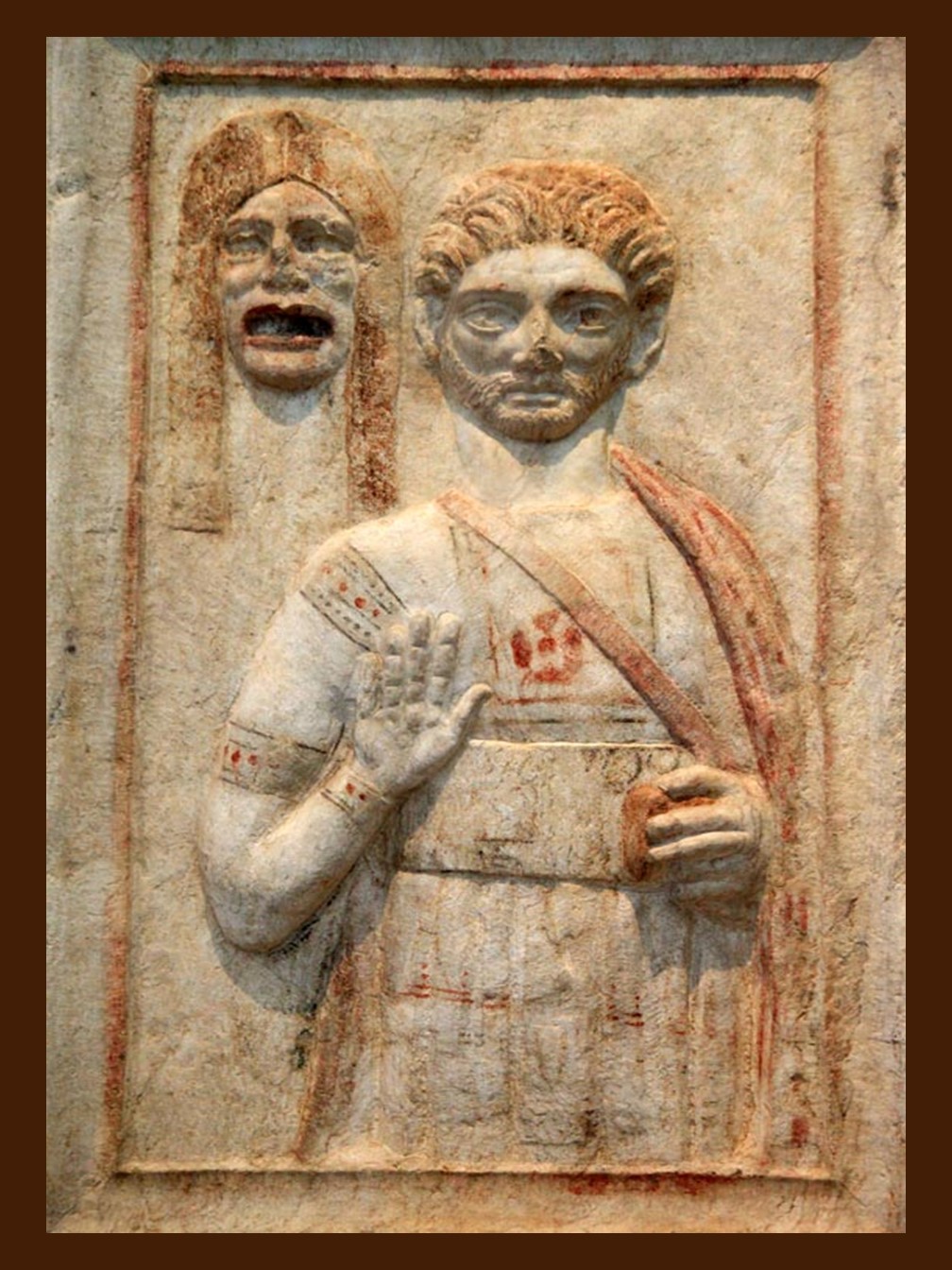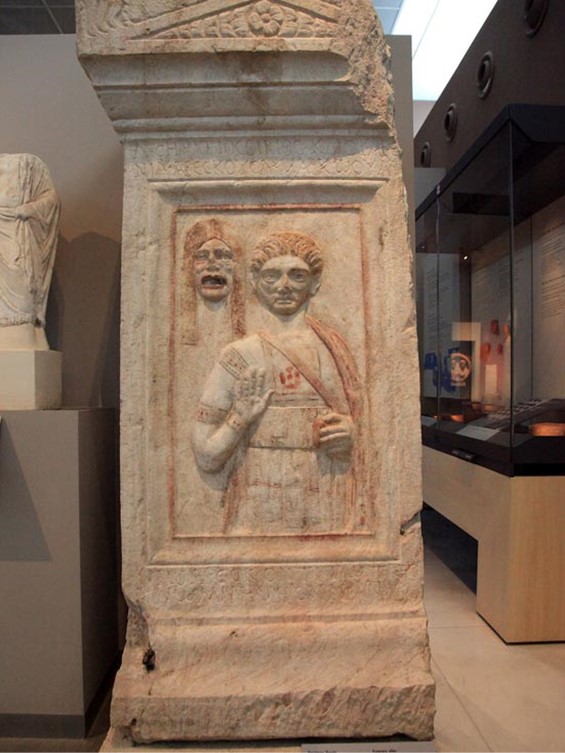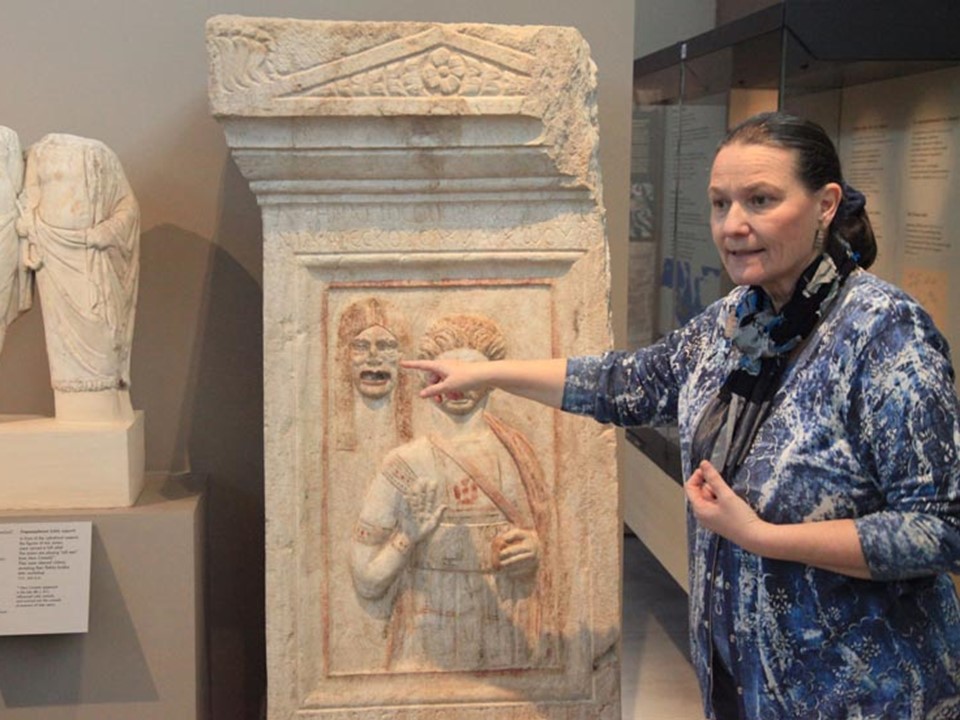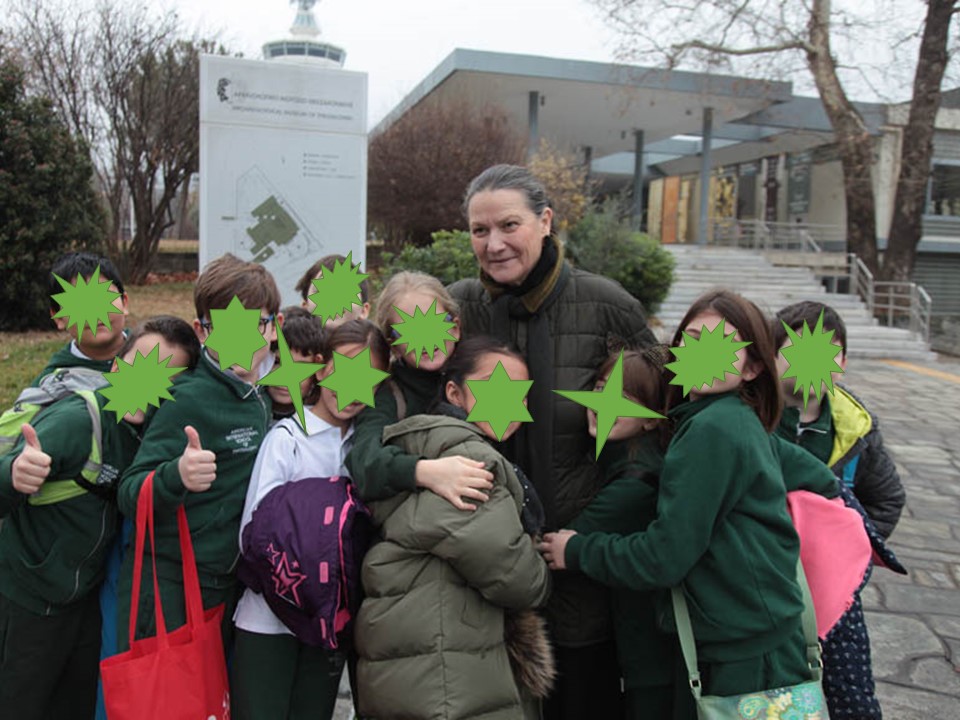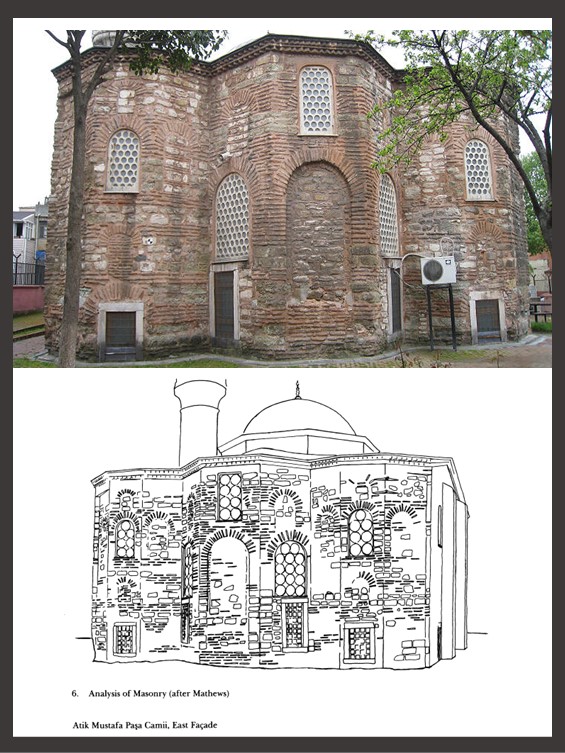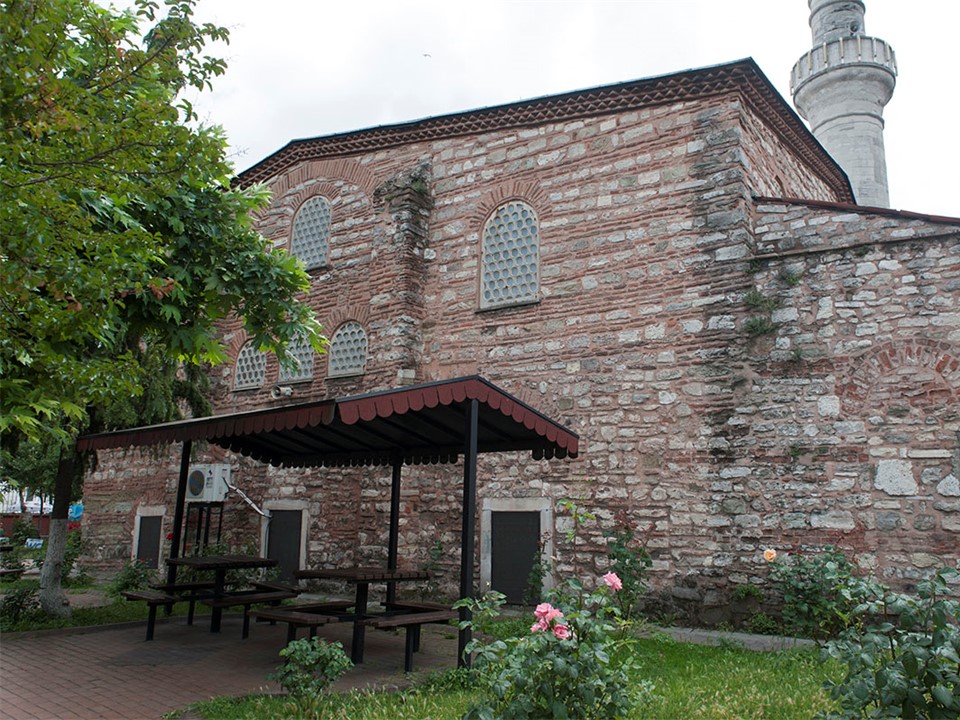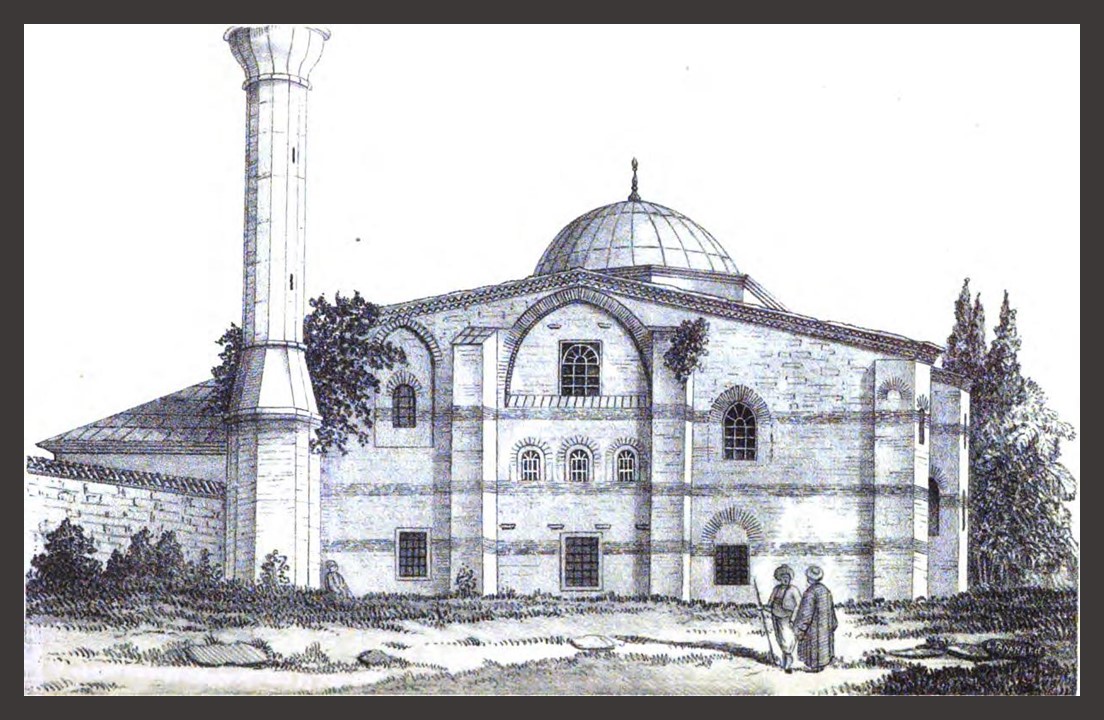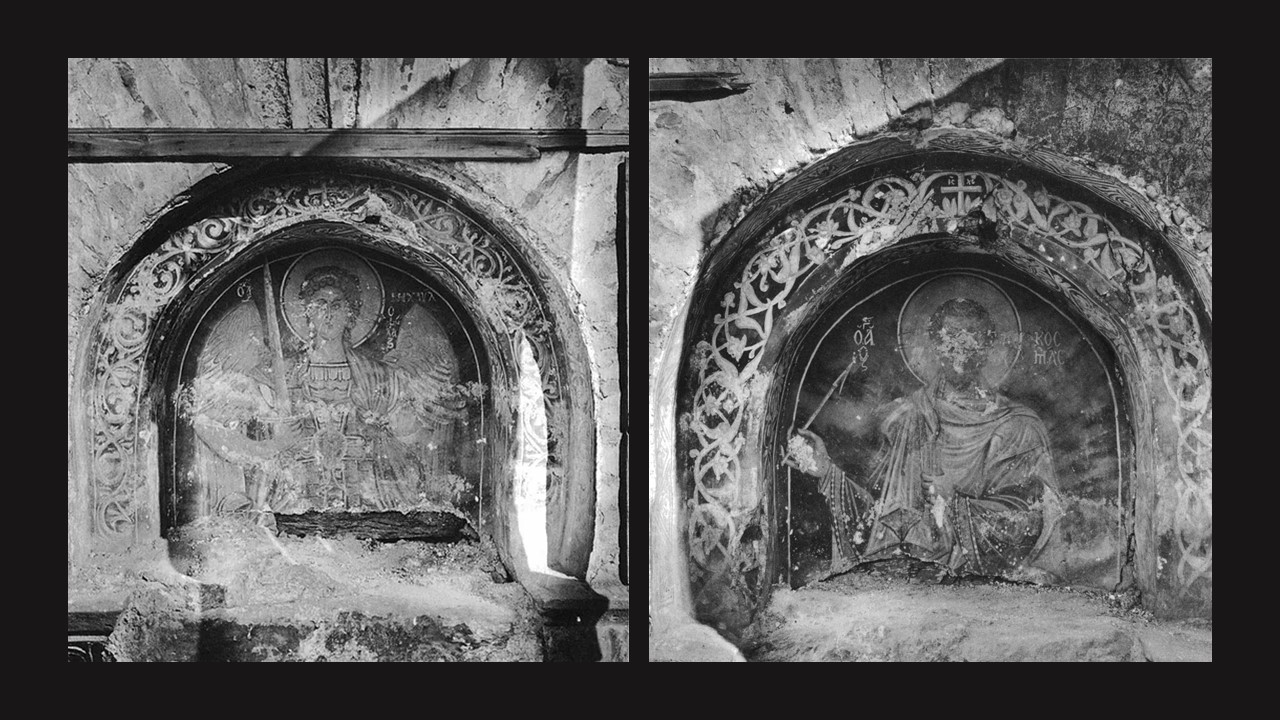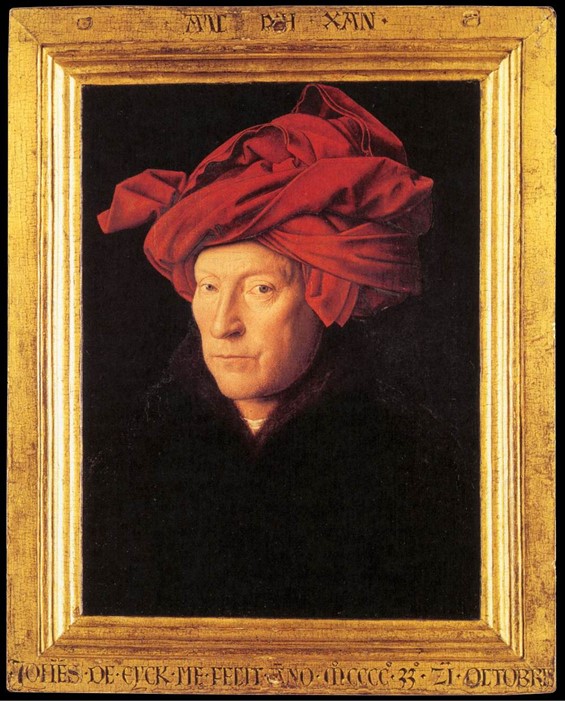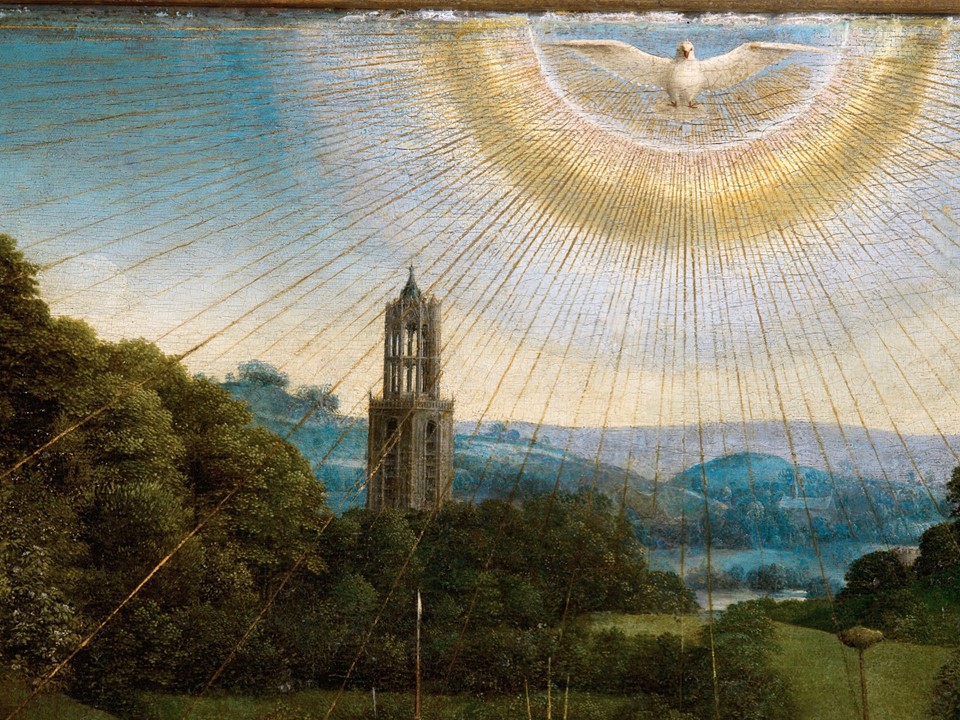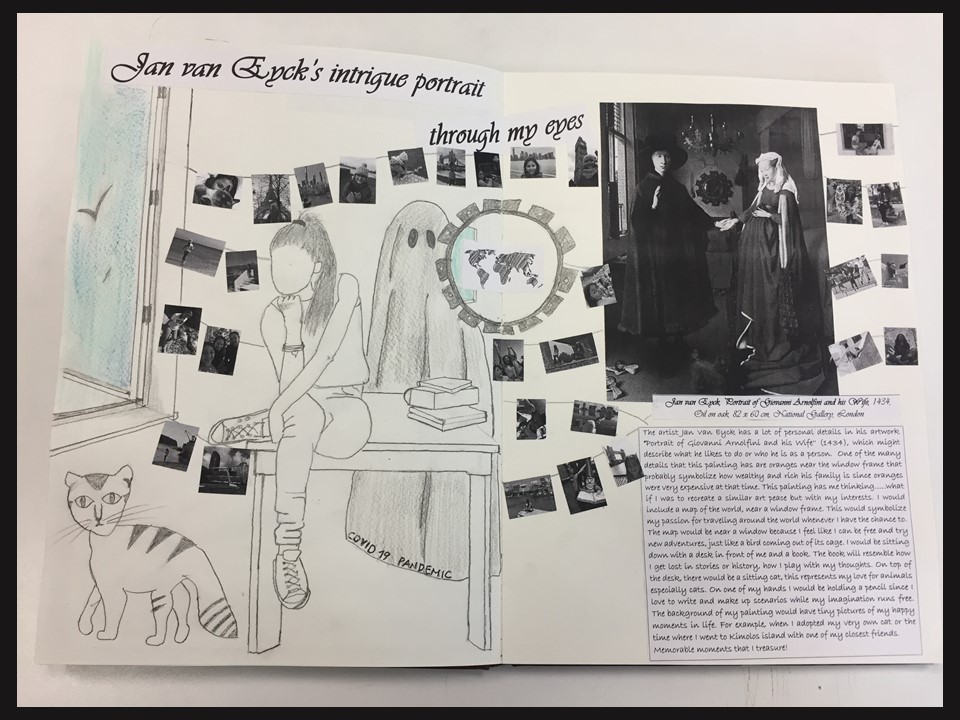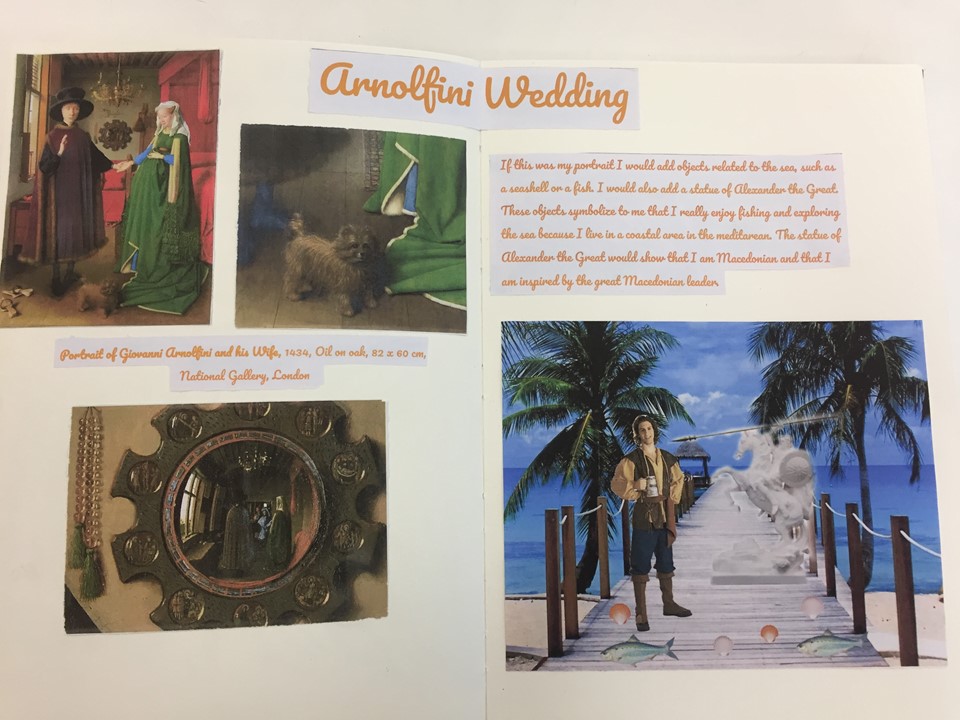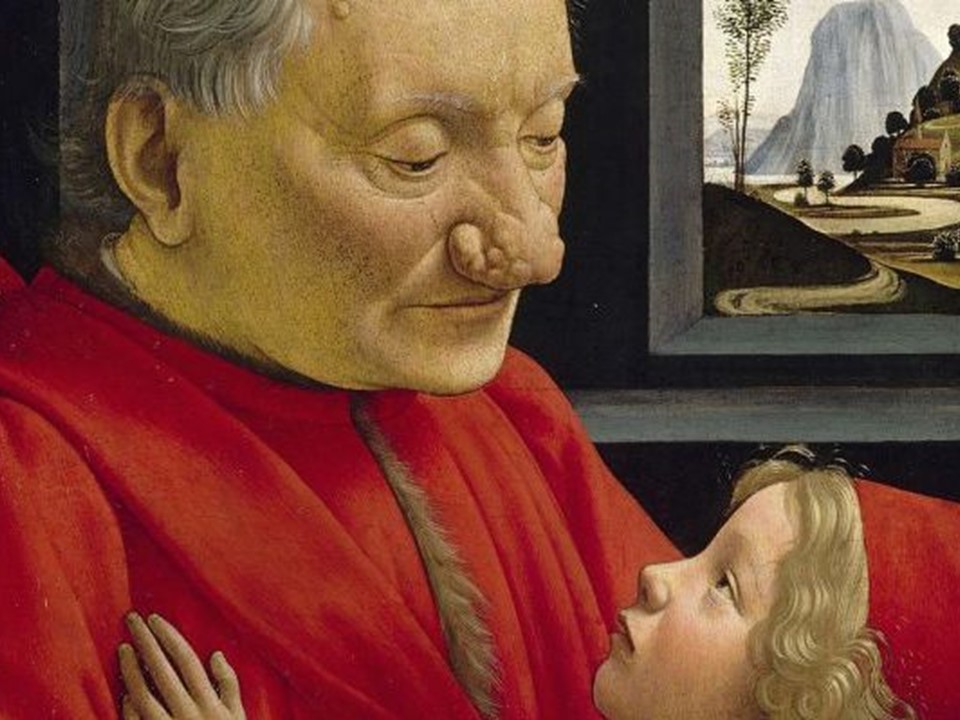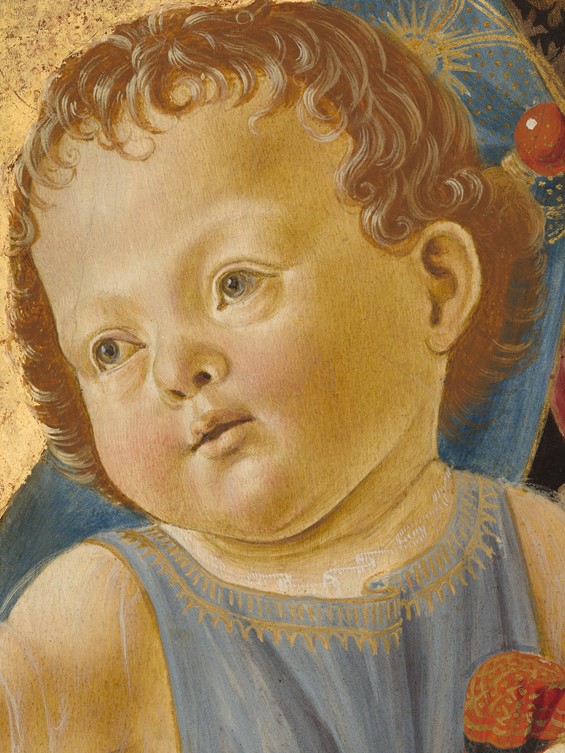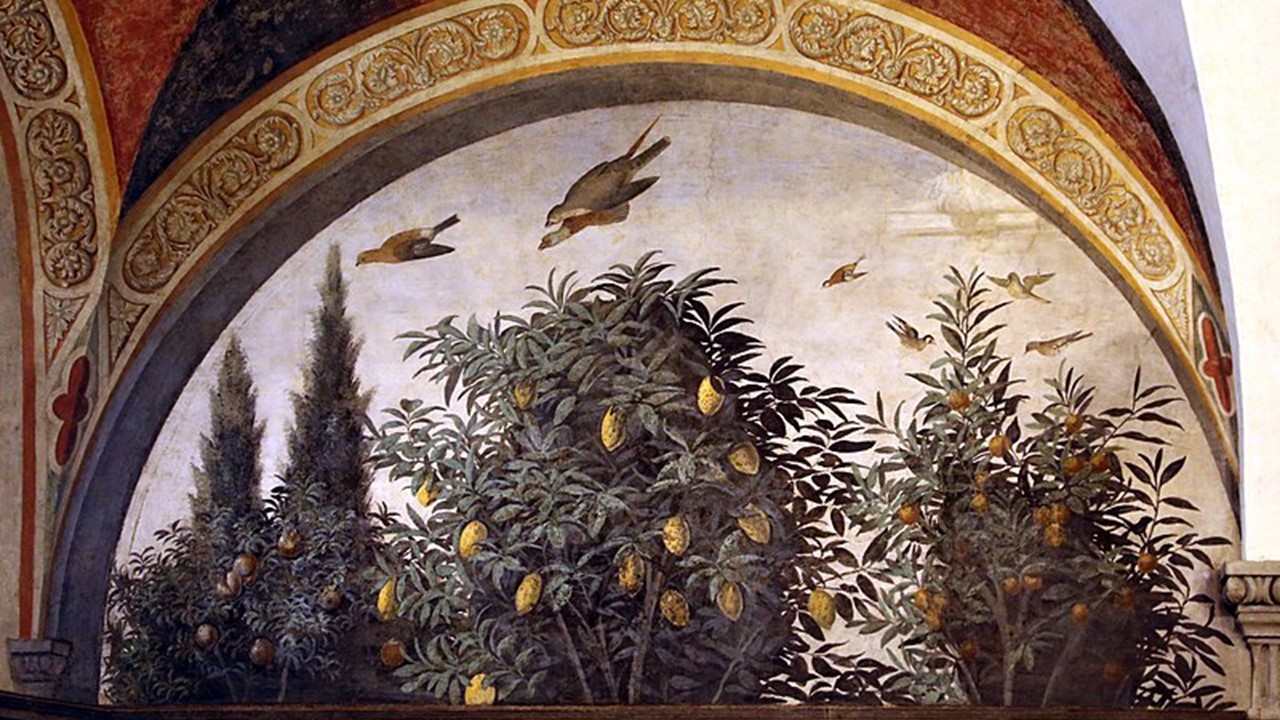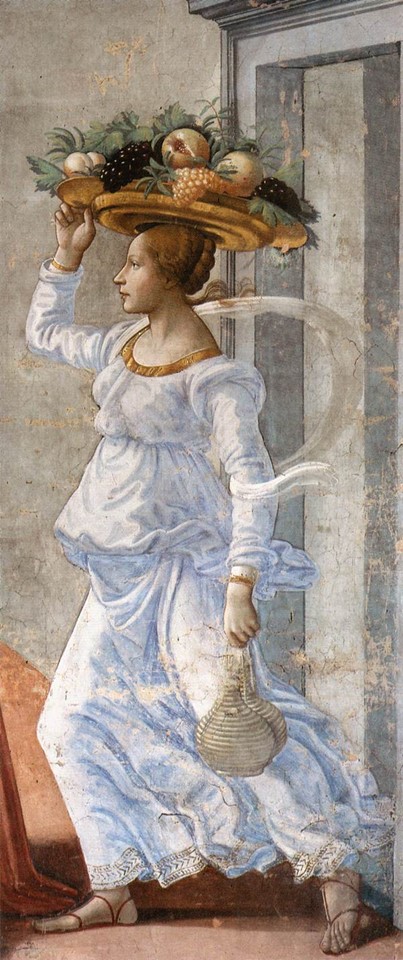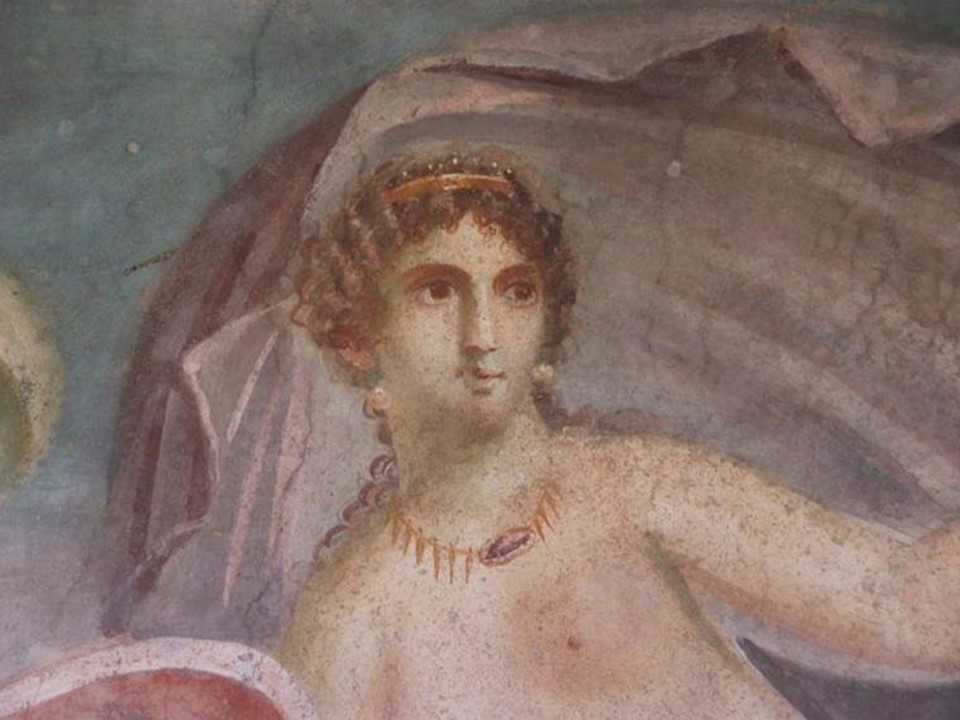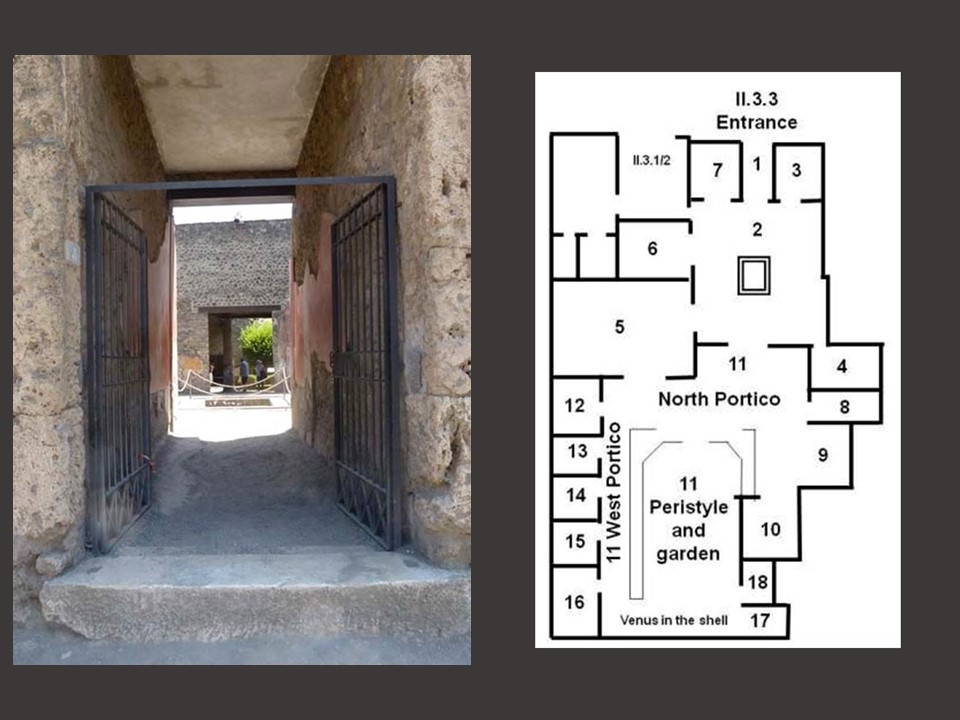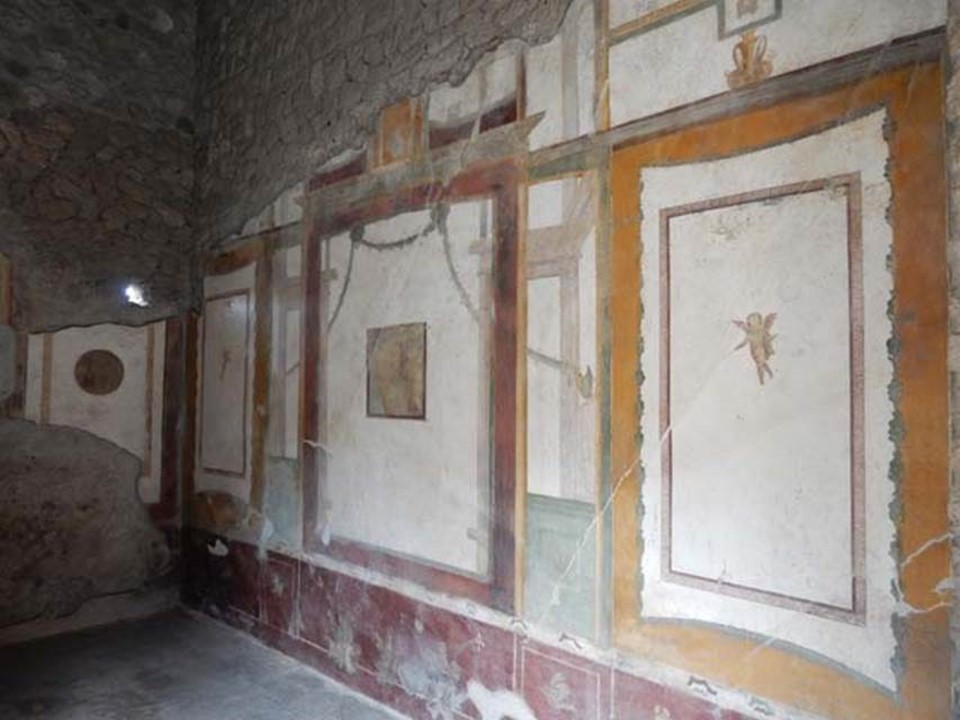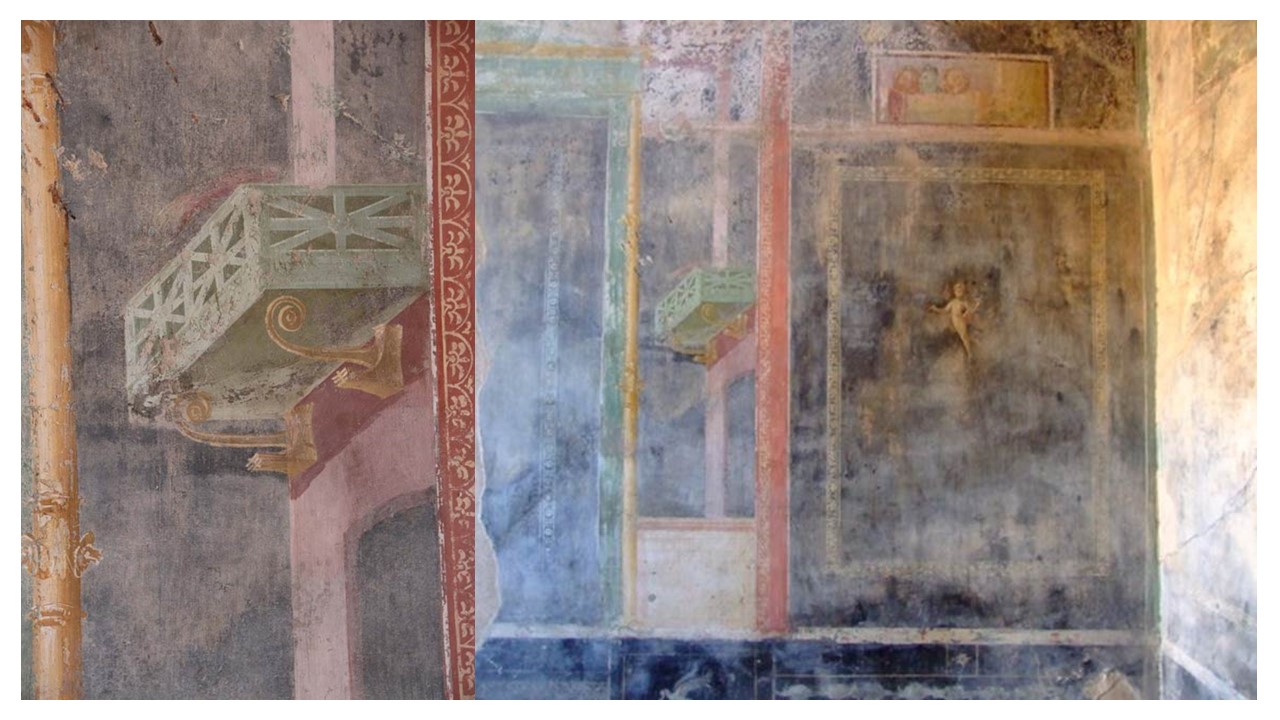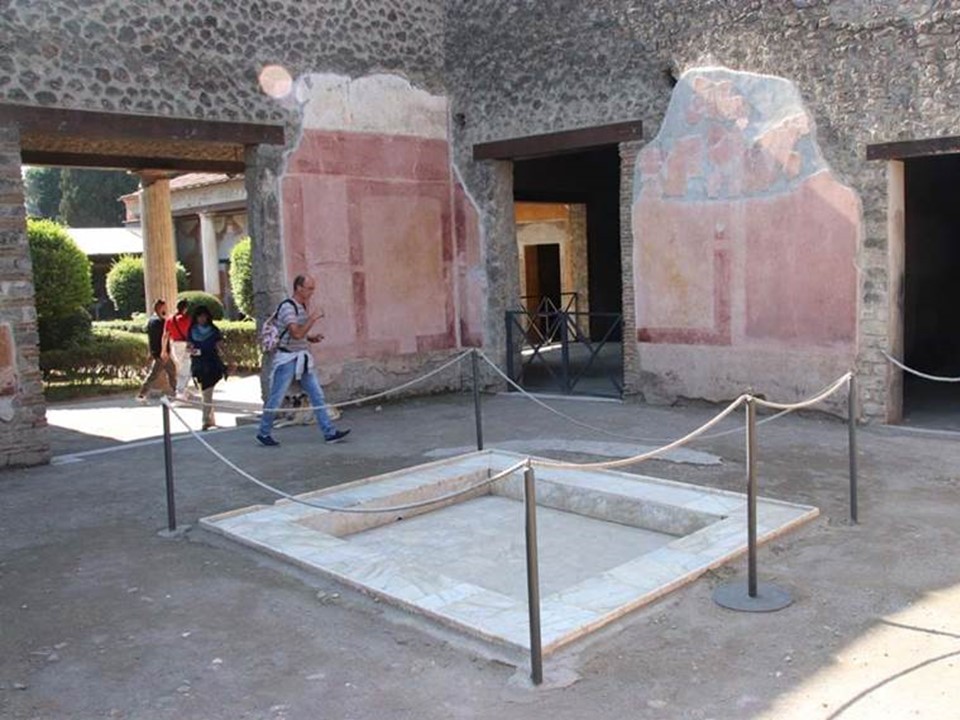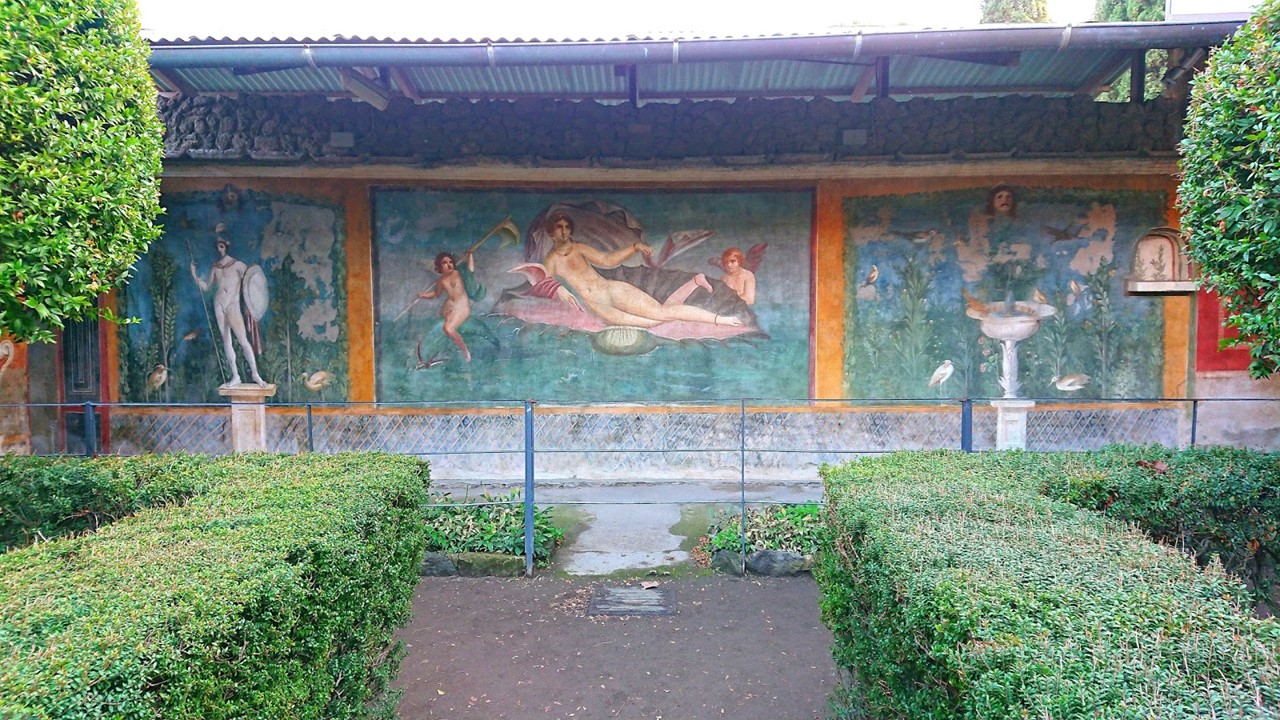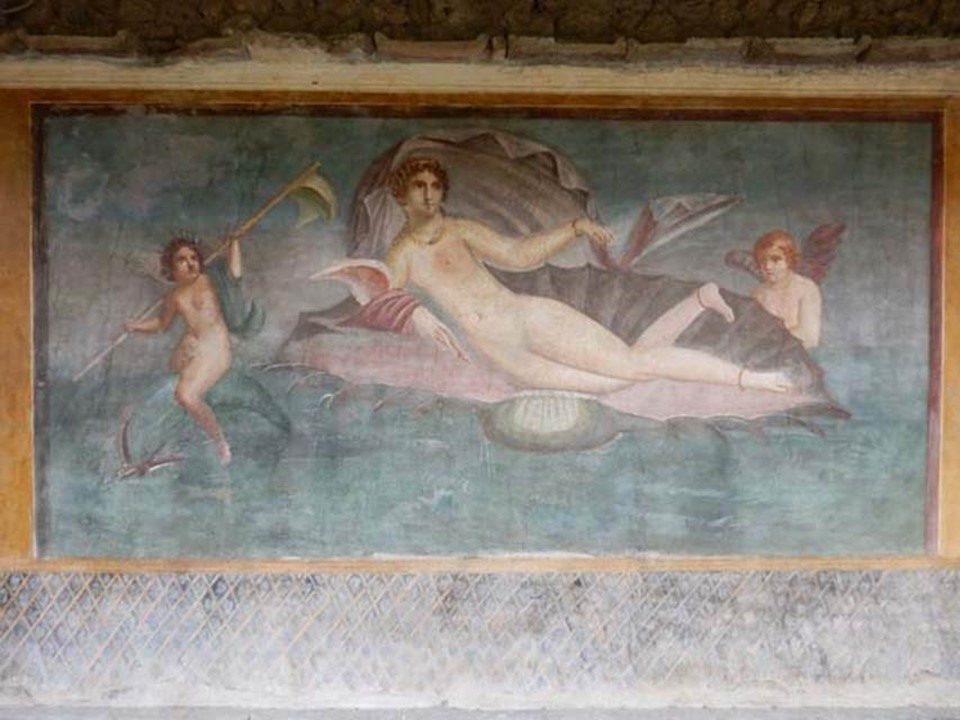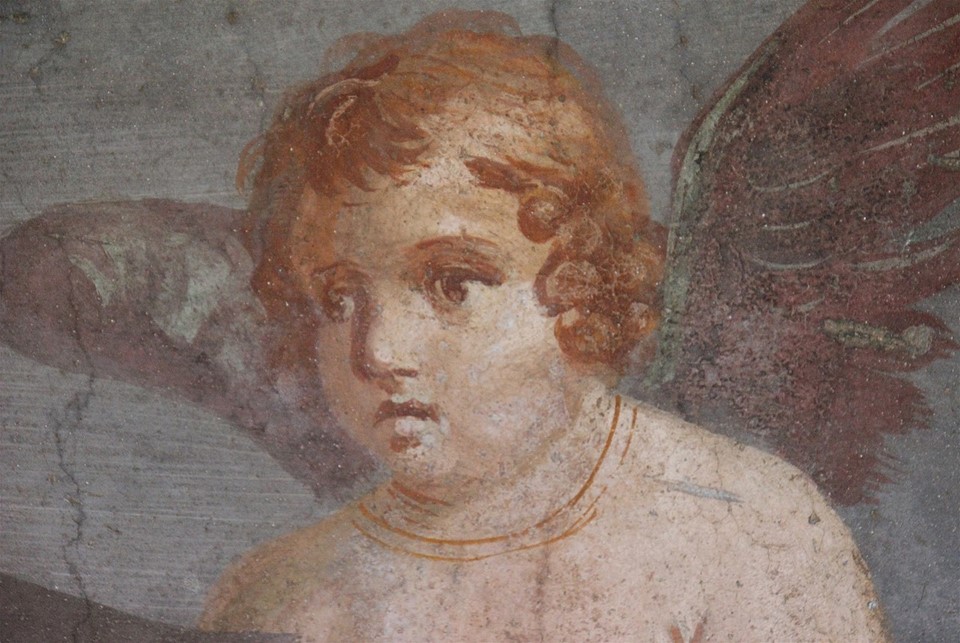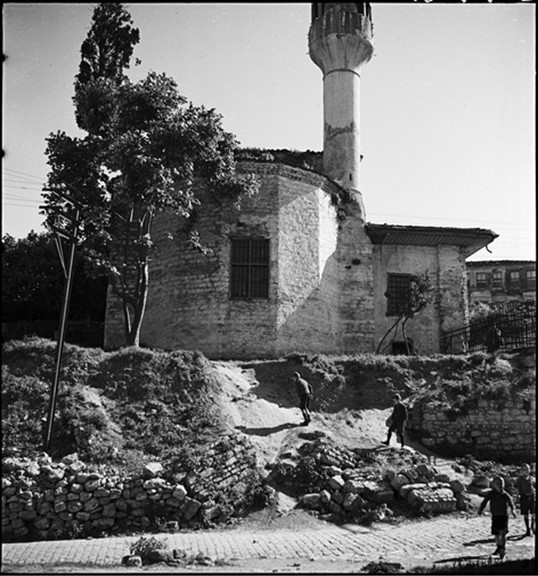
Kefeli Mosque in Istanbul, Nave and Apse from the south, March 1936, Nicholas V. Artamonoff Collection, Image Collections and Fieldwork Archives, Dumbarton Oaks Research Library and Collection http://images.doaks.org/artamonoff/items/show/245
The moment was grave… it was the 22nd of July 838, hot and humid, and Emperor Theophilos, was besieged by the army of Caliph al-Mu’tasim near the hill of Dazimon. Earlier on “while the sky darkened and rain begun to fall in torrents… (he) saw that his opposite wing was in difficulties and (omitting to tell his junior commanders what he was about to do) led 2,000 men round behind the center to reinforce it… his unexpected disappearance immediately gave rise to a rumour that he had been killed. Panic broke out, followed – as always – by flight; and when the rain stopped and the light returned Theophilos realized that he and his men were surrounded.” The moment was grave… but when the Khurramite soldiers in the emperor’s entourage reportedly began planning to surrender the Emperor to the Arabs, Manuel the Armenian, Domestic of the Schools, commander of the elite tagma of the Scholae and de facto commander-in-chief of the entire Byzantine army, seized the Emperor’s horse by the bridle and threatening the confused emperor with his sword, forcibly broke through the Arab lines, and brought Theophilos to safety in the nearby village of Dorylaeum. Although Byzantine military history is not my forte when I researched the history of the Unidentified Byzantine Building in Constantinople known today as Kefeli Mosque and the name of Manuel the Armenian came up, I was intrigued and I did my reading… John Julius Norwich, Byzantium – The Apogee, 1993 Penguin Books, pp. 48 and Warren T. Treadgold, The Chronological Accuracy of the “Chronicle” of Symeon the Logothete for the Years 813-845, DOP Vol. 33 (1979), p. 180, 181 https://www.jstor.org/stable/1291437?read-now=1&refreqid=excelsior%3Ae308c8234dcf2fe514aff96de764bb09&seq=23#page_scan_tab_contents
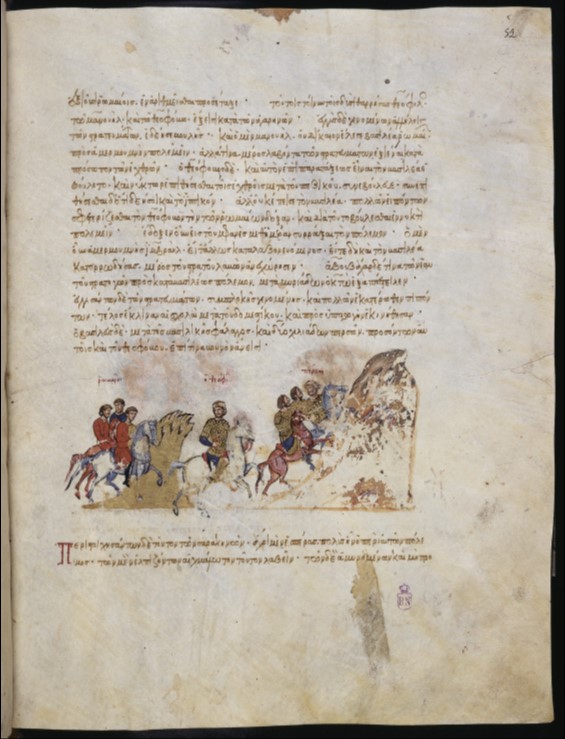
http://bdh-rd.bne.es/viewer.vm?id=0000022766&page=1
It seems that there is a bit of a controversy between Byzantine Chronographers of what was the fate of the brave general… Some of the Chronographers report that Manuel the Armenian died of wounds that he received in the fateful battle of Dazimon (most probable) and was buried in the Monastery of Manuel in Constantinople, traditionally identified with the Kefeli Mosque. Other chronographers narrate how Manuel survived the battle, returned to Constantinople, took part in the second battle of Dazimon, and died, in the late 850s, a devoted Iconodule, during the reign of Emperor Michael III. Warren T. Treadgold, The Chronological Accuracy of the “Chronicle” of Symeon the Logothete for the Years 813-845, DOP Vol. 33 (1979), p. 182, 183 https://www.jstor.org/stable/1291437?read-now=1&refreqid=excelsior%3Ae308c8234dcf2fe514aff96de764bb09&seq=23#page_scan_tab_contents
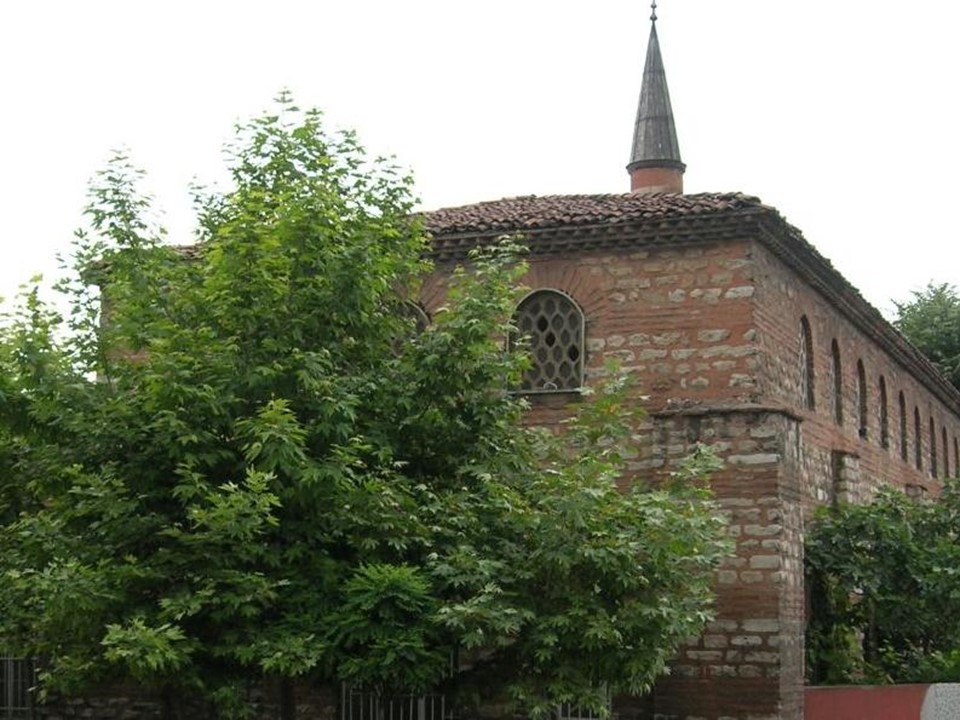
http://thearthistoryjournal.blogspot.com/2011/07/converted-byzantine-churches-in.html
Kefeli Mosque’s history is intriguing, to say the least. It is not yet established if it was originally part of the Byzantine Monastery of Manuel, founded in the mid 9th century, rebuilt by Patriarch Photius, restored once more by Romanos I Lekapenos and used by Emperor Michael VII to retire after his deposition. Scholars are not even sure if the ΚΤΗΤΩΡ(founder) of the Monastery was indeed Manuel the Armenian, and if the Monastery was founded within Manuel’s residential complex. More importantly, scholars can not be certain if the surviving building was originally a Church or a Monastic refectory. It seems that all scholars agree that it was never the Katholiko of a Monastery.
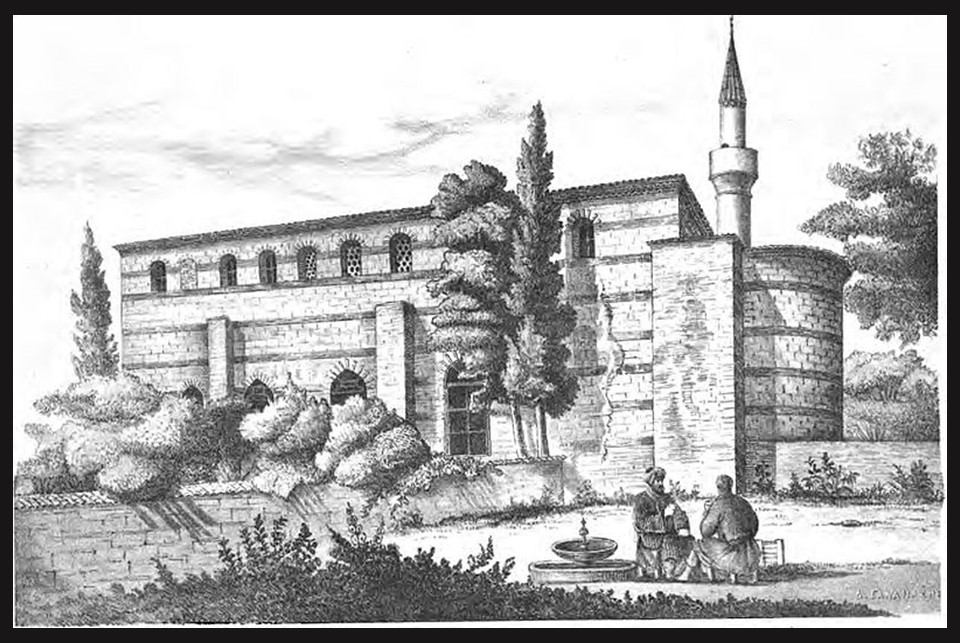
Byzantinai meletai topographikai, 1877, Constantinople
https://ia800304.us.archive.org/0/items/vyzantinaimelet00unkngoog/vyzantinaimelet00unkngoog.pdf page 332 and https://commons.wikimedia.org/wiki/File:Moni_tou_Manouil.jpg
The building was a basilica, according to Paspates a “κτίριον δρομικόν” and recent studies describe it as an interesting example of how the early Christian Basilica form developed or adapted during the Middle Byzantine period. It is believed that Kefeli Mosque was a 3-aisled basilica building with an apse (polygonal outside, but semicircular inside with two niches) facing north.
What can be said with certainty, is that the presented Byzantine building successively served the Greek Orthodox population of the city, the Catholics along with the Orthodox Armenians, and since 1630 the Muslim population of Karagümrük neighbourhood in Fatih district of Istanbul. Its name comes from Caffa (Kefe) in Crimea. https://ia800304.us.archive.org/0/items/vyzantinaimelet00unkngoog/vyzantinaimelet00unkngoog.pdf and http://suleymankirimtayif.com/pdf/ByzantineChurchesinIstanbul.pdf and http://www.istanbulvisions.com/kefeli_mosque.htm
An interesting Collection of Photographs of Kefeli Mosque can be seen in the ARIADNE – Digital Archaeology in Europe site put together by The German Archaeological Institute (DAI) Istanbul photo archive: https://arachne.dainst.org/project/fotoistanbul and https://arachne.dainst.org/project/fotoistanbul/search?q=%22Kefeli%20Camii%22 In addition, the Nicholas V. Artamonoff Collection, at the Dumbarton Oaks Research Library and Collection – Image Collections and Fieldwork Archives, is equally interesting to explore http://images.doaks.org/artamonoff/items/show/244
For a Student Activity, please… Check HERE!
